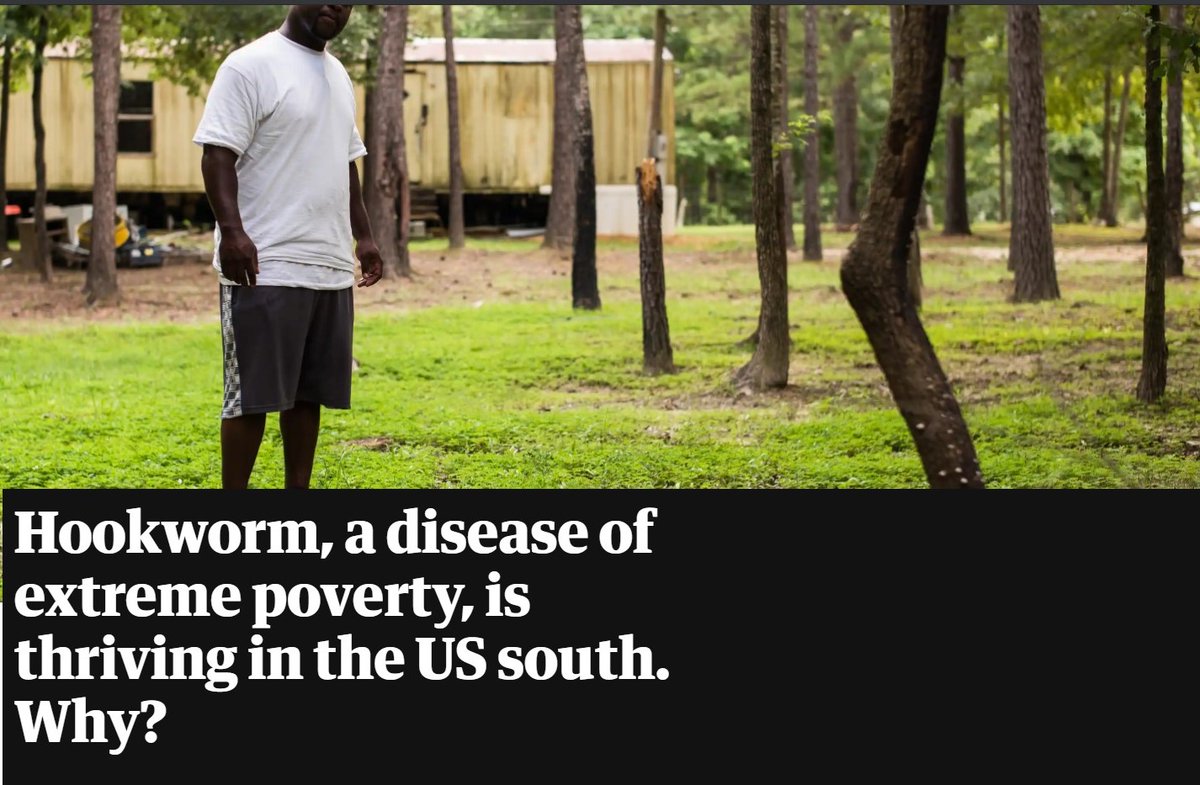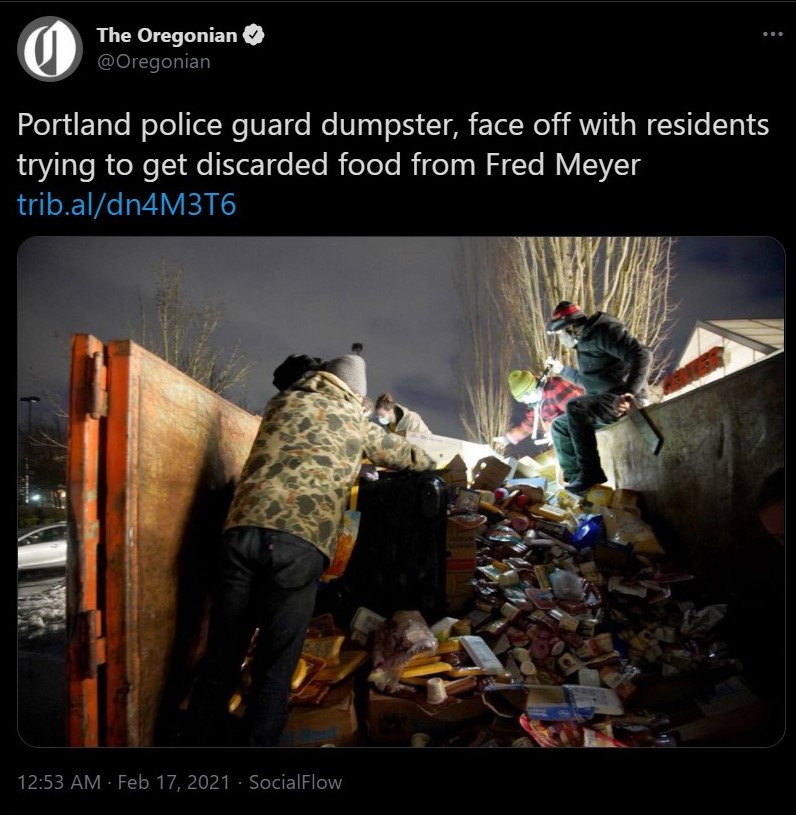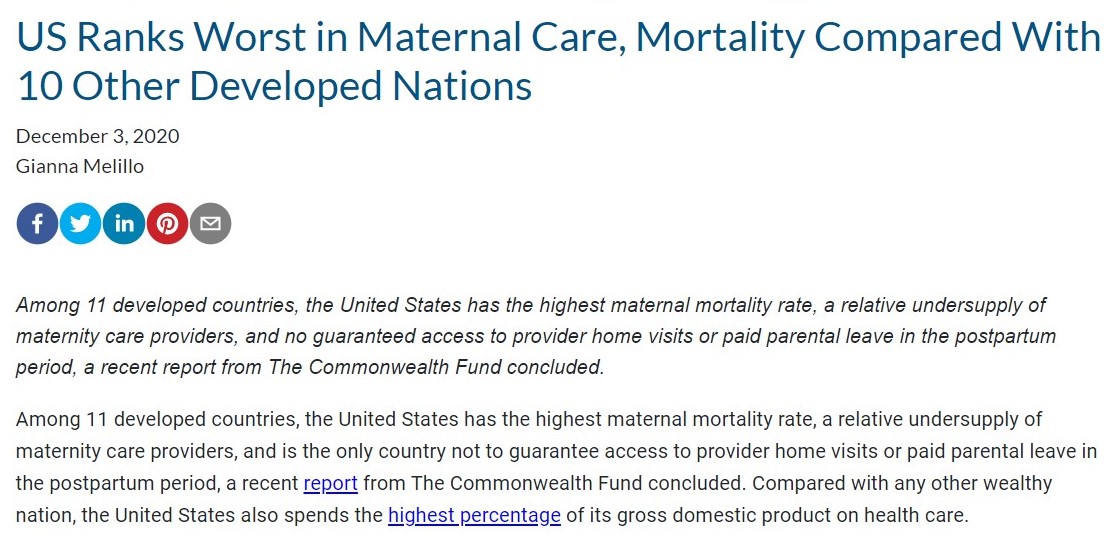We are not saying that this has definitely happened with Covid - but it would explain the disappearance of flu this year.
A few weeks ago @ClareCraigPath, @RealJoelSmalley and I wrote a short piece on endemic Covid, and what it might look like.
It seems particularly relevant to current
We are not saying that this has definitely happened with Covid - but it would explain the disappearance of flu this year.
This is a worldwide phenomenon.
https://t.co/xOHDcSRgGB
https://t.co/PBUnIfLtaf
In other words, might some of the Covid deaths we are now seeing be those that would have sadly died in a normal winter anyway?
This was seen in the year following the Swine flu pandemic:
https://t.co/uIB5lF7CKU
In fact, given the nation's state of health and presence of multiple diseases, it would be more surprising if there was no such effect.
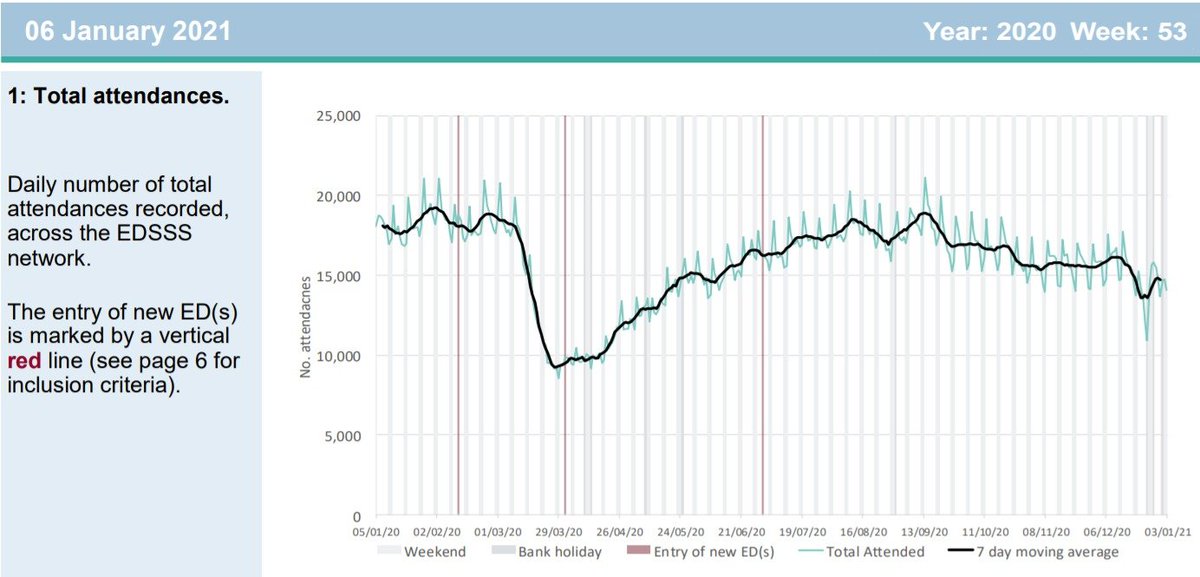
This is worryingly consistent with a picture of reluctance to seek help in time.
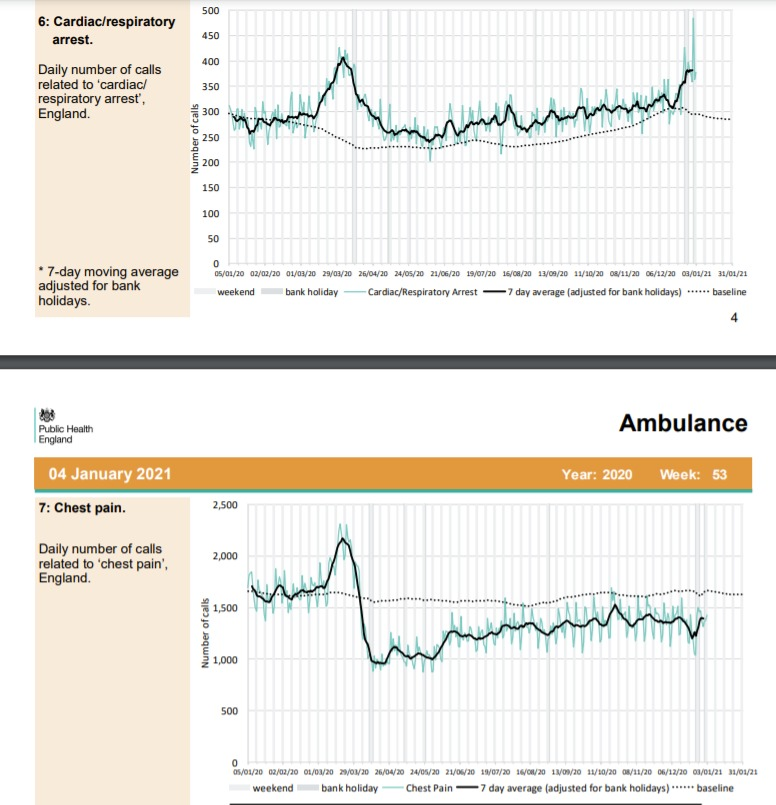
The numbers involved are not small, the arrest calls appear to be ~50-75 more than expected (daily), but chest pain calls ~250 per day fewer than expected.
This is consistent with the point made above - ie could Covid be replacing flu this year?
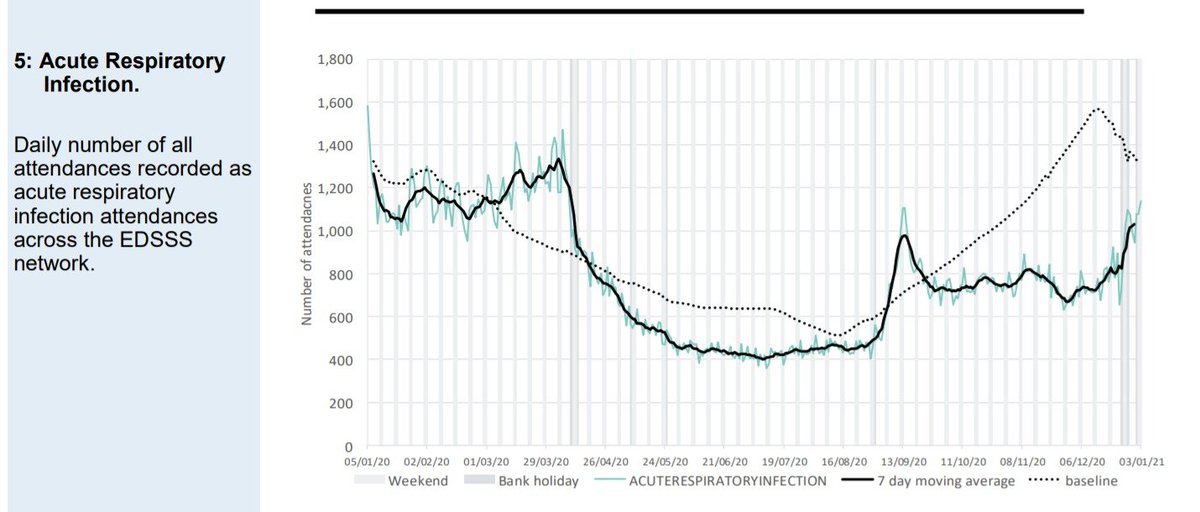
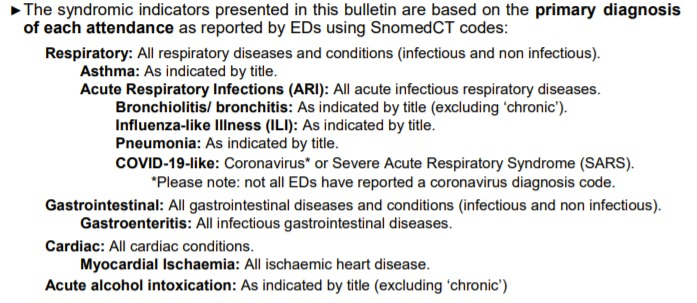
- mainly undiagnosed - respiratory viruses.
The figure fell by a further 10,000 beds to allow for social distancing between patients in hospital.
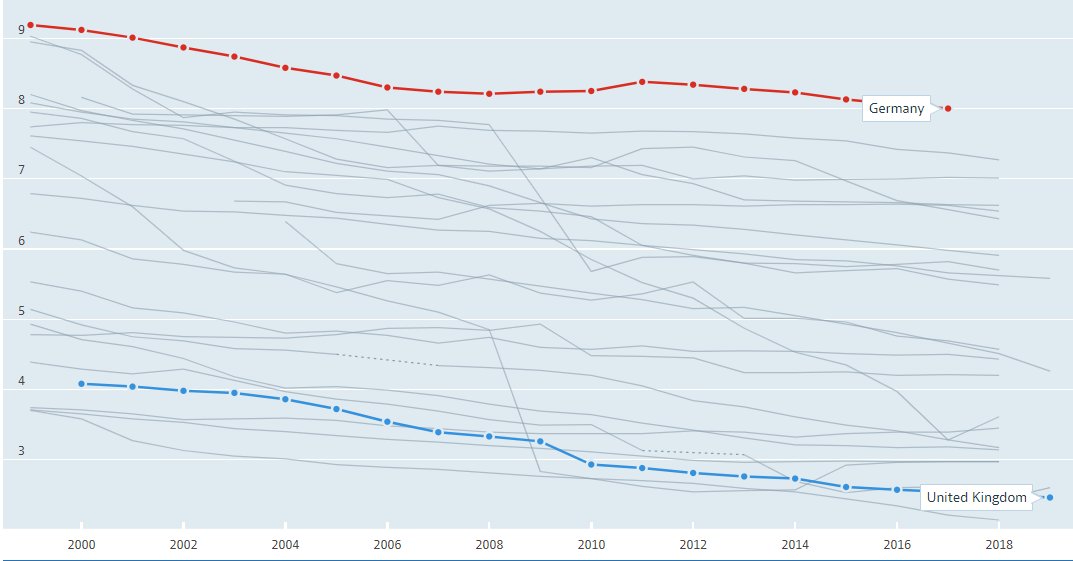
A&E departments can easily become clogged up by delays in finding beds for patients.
Clearly returning patients to care homes during the window of infectivity would be a bad idea.
Beyond that this policy is surely inadvisable.
https://t.co/qaIsjDD5Mm
Three Brits effectively imprisoned in Italy have now tested positive for 45 days. Are they all shedding RNA still or is the sample taker? https://t.co/Agfsq2yCE5
— Dr Clare Craig \U0001f642 (@ClareCraigPath) October 2, 2020
50,000 NHS staff are absent for Covid reasons, out of 100,000 total absences.
https://t.co/qgpc00Otie
More from Society
You May Also Like
This is NONSENSE. The people who take photos with their books on instagram are known to be voracious readers who graciously take time to review books and recommend them to their followers. Part of their medium is to take elaborate, beautiful photos of books. Die mad, Guardian.
THEY DO READ THEM, YOU JUDGY, RACOON-PICKED TRASH BIN

If you come for Bookstagram, i will fight you.
In appreciation, here are some of my favourite bookstagrams of my books: (photos by lit_nerd37, mybookacademy, bookswrotemystory, and scorpio_books)

Beautifully read: why bookselfies are all over Instagram https://t.co/pBQA3JY0xm
— Guardian Books (@GuardianBooks) October 30, 2018
THEY DO READ THEM, YOU JUDGY, RACOON-PICKED TRASH BIN

If you come for Bookstagram, i will fight you.
In appreciation, here are some of my favourite bookstagrams of my books: (photos by lit_nerd37, mybookacademy, bookswrotemystory, and scorpio_books)







